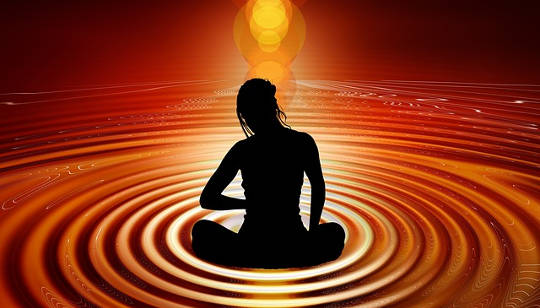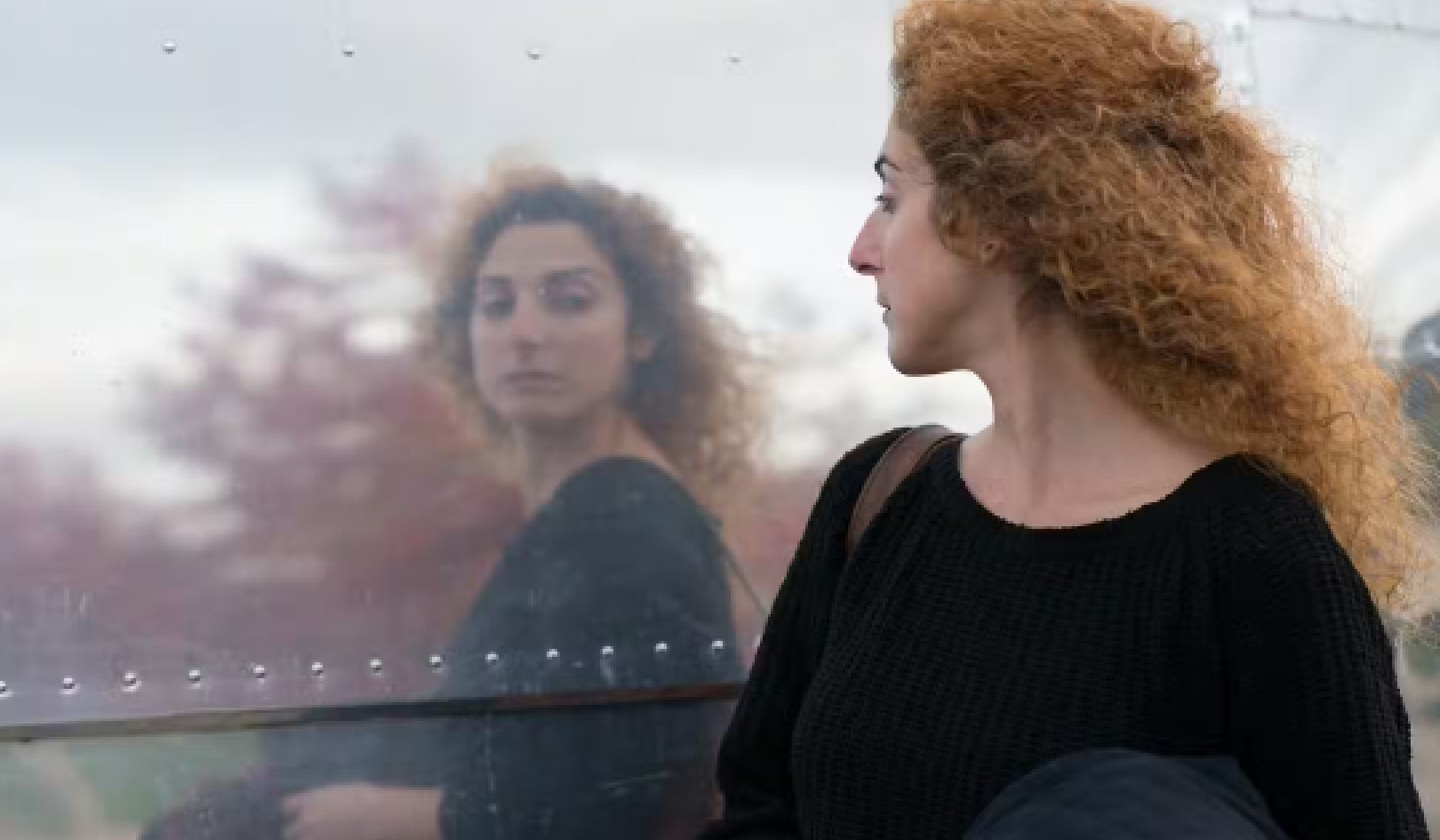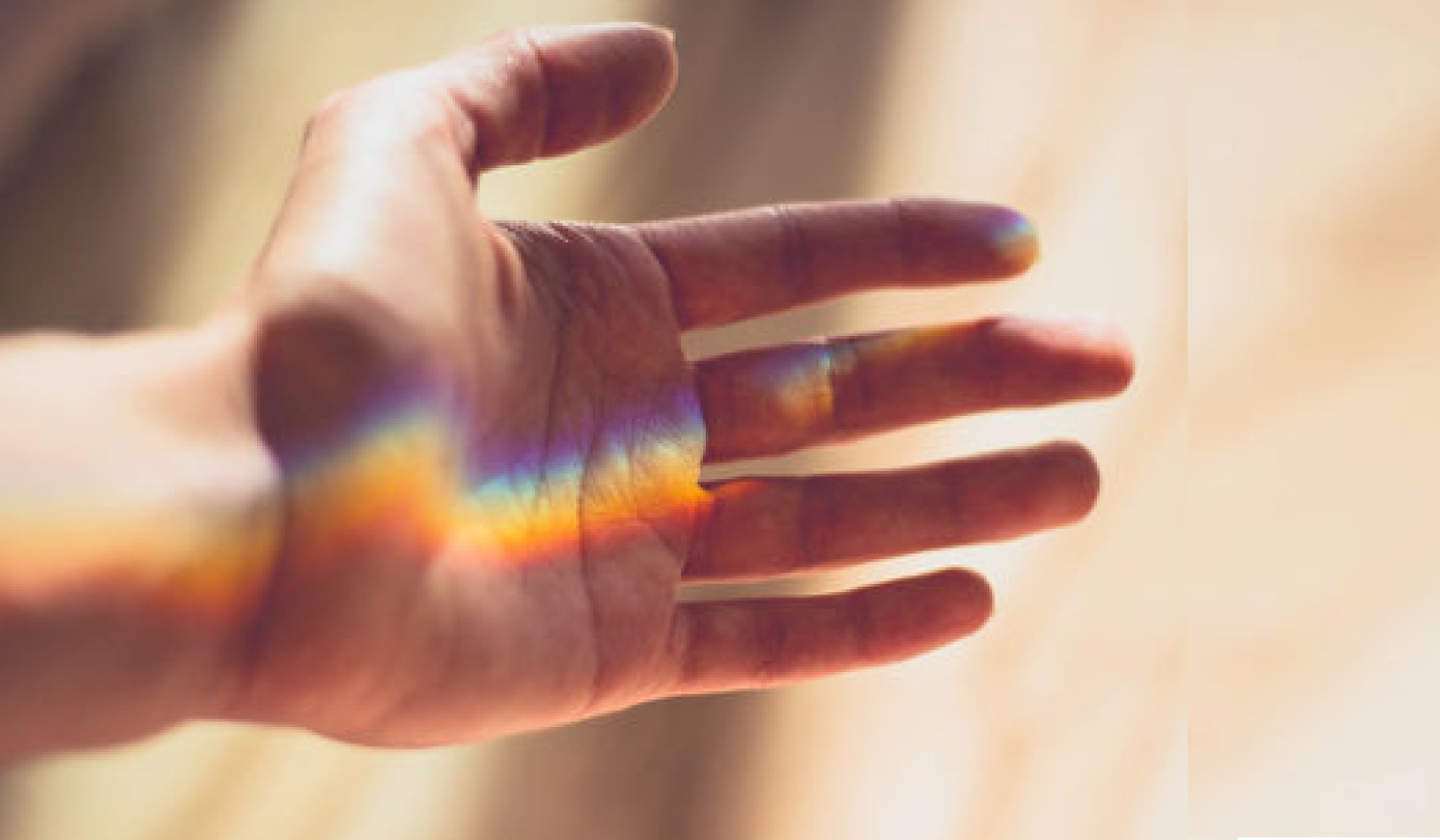
Once we are born we enter into a journey of relationship with our world and those in it. The first leg of the journey is the experience of gaining confidence in giving and receiving love. The second is becoming aware of our growing separateness—much evidenced in the two-year-old’s self-assertive “no.” And the third is more fully entering into the complicated world of multiple relationships with mother, father, siblings, and the others we meet. This is never a smooth ride, and the problems we have along the way are important opportunities to learn how to manage our emotions.
However, when problems are particularly difficult or unremitting, they do leave their mark. Then, depending on their severity, we are left with a coloration of our experience that influences how we perceive and interact with the world and ourselves. When we begin to practice mindfulness, these colorations become more apparent, as do the circumstances that created them.
Do We Unconsciously Perceive Meditation as a Threat?
Identifying these wounds, our patterns of hurt and how we defend ourselves, is valuable. Knowing what we do when we feel threatened, we can begin to recognize whether we unconsciously perceive our meditation as a threat and defended ourselves against it with a resistance that prevents us from doing it. However, our patterns of hurt are not necessarily easy to recognize.
There are some very general patterns of hurt that help illuminate what might be going on beneath the surface. None of us has just one of these—we are invariably a mixture.
Patterns of Hurt and Wounds
• For those of us who find the world and relationships frightening and overwhelming, going near our emotions will be particularly challenging. Jerry, a committed meditator, correctly diagnosed that his emotionally flat experience of mindfulness was connected to his generally disconnected relationship to life. If inclined to dissociation, we will prefer to sit and calmly space out.
• For those of us who feel not “good enough,” we will, with our wolf of hate, judge our practice harshly and believe others are better. Pema Chödrön speaks of the many letters she receives from the self-titled “worst person in the world,” each of whom feels that he or she is uniquely and exceptionally bad.
• For those of us who find being a separate and autonomous person confusing, feeling suffocated in groups yet uneasy when alone, it may be difficult to choose and settle with just one practice or group. This is something that could prevent us from ever feeling at home, and growing, within a community of practitioners.
• For those of us who have a rather inflated sense of our own value and who feel easily used, meeting our hidden and vulnerable underbelly will be hard.
• Those of us who have been suppressed by excess discipline will resist external influence, feeling our lives depend upon it. To change is to lose. This is a particularly tough one because we are fighting against ourselves. If we begin to allow change, we immediately must prevent it. Like Eeyore in Winnie-the-Pooh, we are powerful in our immovability.
• For those of us who feel unheard and unseen, and who may have been sexually exploited, having particularly expressive and quickly changing emotions will make it hard for us to settle. Christie, having been such a child, full of thoughts and emotions, found it extremely difficult to slow down and be in her body, to feel the physical sensations of her breathing.
• Lastly, those of us who are rather uptight and rigid, who come from emotionally cool and controlling backgrounds, will find the single most important instruction for meditation the most difficult: just relax.
And that is not all. Life continues to be extremely exacting after childhood. As the Buddha witnessed, together with the personal stuff, birth, old age, sickness, and death visit us all and leave their marks. Meeting this in our practice with an ocean of kindness, patience, and equanimity is the practice—our practice is not somewhere else.
When Core Beliefs Are At Odds with Mindfulness
We can have core beliefs about ourselves that involve our life, others around us, and the world. For example, beliefs that say, “I am worthless.” “I don’t exist.” “Others are there to please and make happy.” “Life is a burden.”
When colored by such beliefs, meditation may feel like a place where we are trying to self-improve, because our basic belief about ourselves is that there is something fundamentally wrong—plainly a belief that is deeply at odds with the kindness, curiosity, and acceptance of mindfulness.
©2015 by Nigel Wellings.
Reprinted with permission of the publisher,
The Penguin Group/Perigee. www.penguin.com
Article Source:
 Why Can't I Meditate?: How to Get Your Mindfulness Practice on Track
Why Can't I Meditate?: How to Get Your Mindfulness Practice on Track
by Nigel Wellings.
Click here for more info and/or to order this book.
About the Author
 NIGEL WELLINGS is a psychoanalytic psychotherapist and author who works within a broadly contemplative perspective. He first attempted to practice mindfulness in his late teens and has been engaged with the relationship between psychotherapy and meditation for the last forty years. He lives in Bath and is a teacher on the Bath and Bristol Mindfulness Courses. Visit his website http://www.mindfulness-psychotherapy.co.uk/
NIGEL WELLINGS is a psychoanalytic psychotherapist and author who works within a broadly contemplative perspective. He first attempted to practice mindfulness in his late teens and has been engaged with the relationship between psychotherapy and meditation for the last forty years. He lives in Bath and is a teacher on the Bath and Bristol Mindfulness Courses. Visit his website http://www.mindfulness-psychotherapy.co.uk/
























